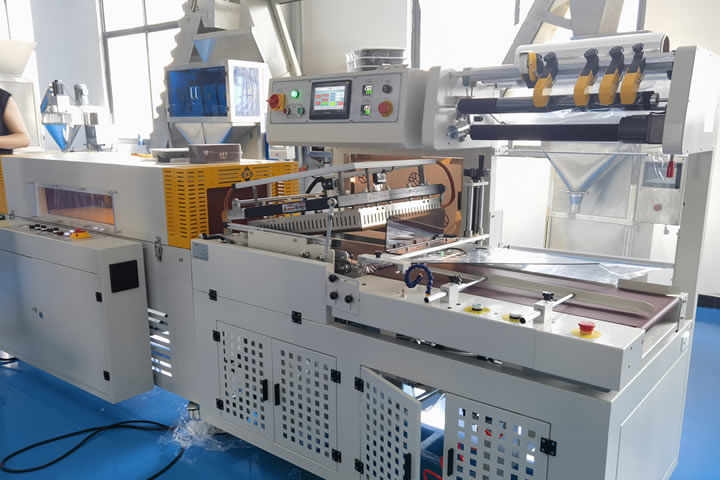The sand dunes in Dhofar Province, Oman, twisted and deformed in the heat wave, and the surface temperature of 50°C baked fine cracks on the asphalt road. Nasser squatted in the warehouse of his own date processing plant, his fingers dipped in the expired glue, and the sticky touch mixed with anxiety penetrated into his bones-this was the summer of 2018, and his factory was returned by European customers for three consecutive months due to packaging cracking problems. Today, when the reporter pushed open the door of the new factory building that has expanded three times the area, 16 fully automatic packaging machines are outputting finished products at a speed of 120 boxes per minute, and the air is filled with the faint fragrance of hot melt glue, as if mocking the survival crisis of that year.

“This machine saved the factory.” Production supervisor Fatima touched the touch screen of the fully automatic packaging machine and called up the comparative data from five years ago: the packaging yield was only 67% in 2018, but now it is stable at more than 99.5%. Her fingertips slid across the heat dissipation grille on the side of the fuselage. “The temperature difference between day and night in the desert is 25℃. The thermal expansion and contraction of traditional equipment will cause the positioning accuracy to deviate by 2 mm, while the climate compensation module of this machine can control the expansion coefficient of the guide rail to 0.01mm/℃.”
The change began with a desperate decision. In 2019, Nasser mortgaged his ancestral home to introduce the first fully automatic packaging machine production line. This move was ridiculed by his peers at the time as "using a golden bowl to hold sand." Technician Ali remembers the scene on the first day of debugging: when a sandstorm hit, the equipment suddenly stopped with an alarm, and a German engineer remotely accessed the system and activated the backup wind and sand filtering mode. "Now these machines can automatically sense PM10 concentrations and maintain 85% packaging efficiency during sandstorms." He lifted the top cover of the equipment, revealing a three-layer composite filter. The fine metal mesh was still stained with sand from this morning.
The fission brought about by intelligent transformation far exceeded expectations. The wall of the procurement department is posted with new and old supply chain maps: in the past, it was necessary to import packaging boxes from China, purchase glue from Germany, and customize molds from India. Now the multi-material adaptation system of the fully automatic packaging machine allows the factory to use local coconut leaf fiber environmentally friendly materials. "We even exported technology in reverse." Nasser showed the Italian order he had just received. "European customers specifically requested the use of our desert climate adaptation technology. They said that this system can keep the chocolate packaging intact when transported across the Mediterranean."
In the quality inspection area, the reporter witnessed a dramatic scene: the technician threw the packaged gift box from a height of 3 meters onto the steel plate, and only a slight dent appeared on the corner of the box. "This is a special package for the Saudi royal family. The fully automatic packaging machine has adjusted the fitting angle of the 12 layers of corrugated paper." Quality inspector Hassan held up a statistical table of damage rates - in the past, when manually packaged, the transportation loss rate was as high as 18%. Now, through the drop simulation algorithm of machine learning, this number has been compressed to 0.7%.
Industry Revelation
·Extreme environment verification: The high temperature resistant seals of the fully automatic packaging machine have completed 3,000 hours of testing in the Oman salt mine area
·Technology spillover effect: The desert climate adaptation module has been modified for medical device transportation packaging
·Industry upgrading paradigm: The Omani government has included it in the benchmark case of the "White Paper on Intelligent Transformation of Manufacturing Industry"
When dusk dyed the skyline red, the lights of the factory were still bright. The robotic arm of the fully automatic packaging machine drew a silver arc in the air and delivered the carefully wrapped date gift box to the truck. The German buyer who signed the return slip five years ago is now sitting in the VIP room to negotiate an exclusive agency agreement. The wind and sand are still whistling outside the window, but this time, they have become witnesses of the smart factory conquering the world.

